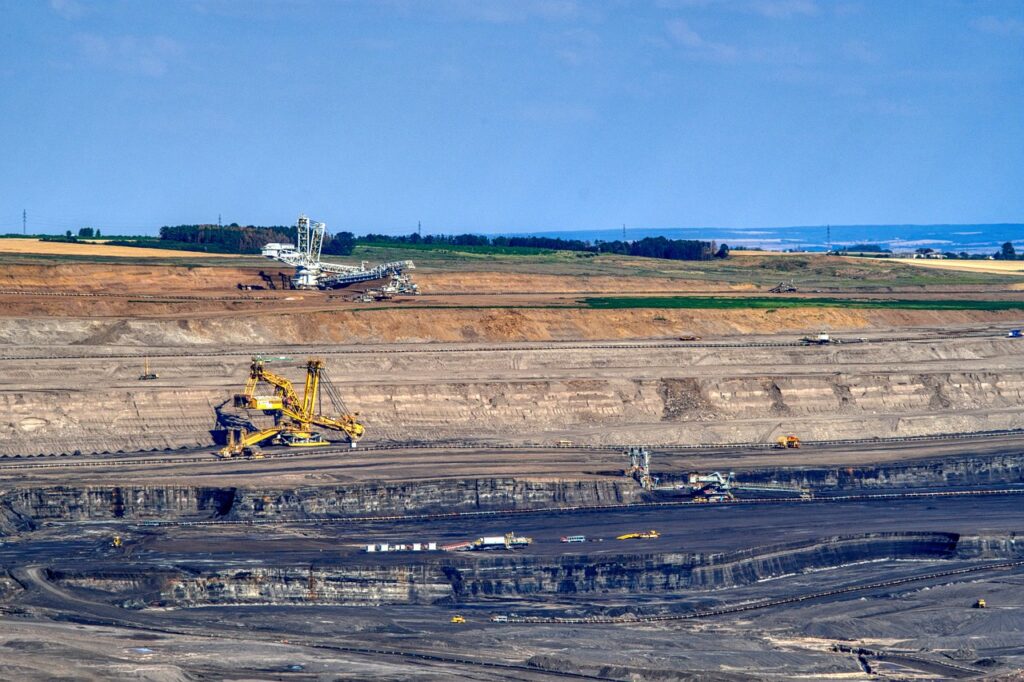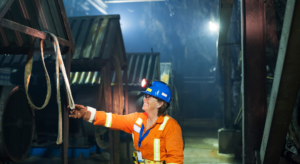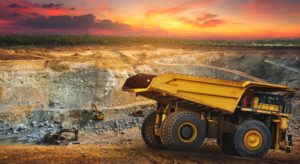Mineral exploration is a field in constant evolution. Moreover, the frontiers of what is feasible for mineral exploration are constantly being pushed by technological breakthroughs. One such innovation stands to be hyperspectral imaging. It reveals subtleties that are unseen to the human eye, allowing for a more thorough examination of the compositions of minerals. Furthermore, this cutting-edge technology captures wavelengths beyond human vision, allowing for in-depth mineral analysis. So, this gives incredible information about the mineral composition of soil or rocks. Additionally, the pressure on the mining industry to seek fresh deposits while causing minimal environmental destruction pushes hyperspectral imaging to become a strong tool with which to transform the way mineral resources are sought and evaluated. The article tries to probe deep into hyperspectral imaging space. It will look at its science, applications, challenges, and more.
The Science Behind Hyperspectral Imaging
Hyperspectral imaging technology utilizes advanced optics, data manipulation, and diagnostic spectroscopy to determine materials. In this section, the principles and components that make hyperspectral imaging a very effective tool in mineral exploration are seen.
How Hyperspectral Imaging Works
Hyperspectral imaging records thousands of adjacent and narrow spectral bands for each pixel in the scene. Furthermore, the data creates imagery with three dimensions, two dimensions being spatial and the third dimension being spectral data. In addition, every pixel in the image is a high-resolution reflectance spectrum. Thus, this allows a glimpse of the unique spectral signature of the materials that exist in a scene.
The Electromagnetic Spectrum in Mineral Identification
Different minerals reflect and absorb light at different wavelengths. Therefore, the absorption and reflection of light produce unique spectral signatures. Additionally, hyperspectral imaging can find these signatures in the electromagnetic spectrum’s visible, near-infrared, and shortwave infrared portions. This is using spectroscopic imaging equipment. Thus, it makes it possible to distinguish among different minerals. Additionally, this addresses even those that are indistinguishable from the unaided eye.
Data Processing and Analysis
Managing massive information from hyperspectral sensors needs reliable software programs that can analyze the data quickly. Additionally, advanced software and ML models come into use in the matching of the identified spectra with existing minerals. So, this stage enables not only the detection of the mineral but also provides information on their proportions and location over the area of analysis.
Advancements in Sensor Technology
Recent advancements in sensor technology have allowed for the smaller and less expensive purchasing of hyperspectral cameras. Moreover, these developments have enabled the expansion of hyperspectral imaging applications in mineral prospecting. We can better grasp this technology’s potential to revolutionize the exploration sector and address long-standing difficulties by comprehending how it operates.
Hyperspectral Imaging In Mineral Exploration: Applications in Mineral Exploration
There are several uses of hyperspectral data in mineral exploration. Since it can collect integrated mineralogical information across large regions, it is a great source of information for geologists and mining businesses. Some of the most important applications of hyperspectral imaging to improve exploration activities are covered in this section.
Large-scale Geological Mapping
A fundamental area of hyperspectral imaging application is large-scale geological mapping. Generally, airborne surveys with hyperspectral sensors have the advantage of speed over vast terrains. This provides comprehensive mineralogical maps that can be made much faster than integrated field studies. Such maps also assist geologists in assessing the potential of specific regions and help in target identification. As a result, it minimizes the costs and time spent on the first-stage prospecting process.
Target Generation and Prioritization
Mineral assemblages connected to particular kinds of ore deposits can be found using hyperspectral data. Geologists can more efficiently create and rank exploration prospects by examining the spectral fingerprints in a given area. This focused strategy minimizes needless investigation in less viable locations while increasing the likelihood of discovery.
Alteration Mapping
Peripheral rocks of many ore deposits exhibit certain peculiar characteristics of alteration, often referred to as the alteration halo, caused by hydrothermal fluids. Hyperspectral imaging is very effective when provided with a reasonable scale map. It can identify these alteration haloes even when they are not apparent. So, this reduces the guesswork in alteration source correlation and the understanding of the location of other ore bodies.
Monitoring the Environment and Rehabilitating the Mines
Hyperspectral imaging is not limited to exploration but serves an important purpose in environmental and mine rehabilitation management. Moreover, hyperspectral imaging can help locate and map acid-generating minerals, facilitate vegetation health assessment, and evaluate the effectiveness of mitigation measures among other uses. So, this here is an example of the applicability of the technology and how it can facilitate responsible mining.
Additionally, the applications of hyperspectral imaging in the exploration of minerals are various and increasing as the technology gets better. It is also boosting more sustainable and effective mining methods and increasing exploratory success rates by offering hitherto unseen insights into the composition of the Earth’s surface. So, the advantages of hyperspectral data in mineral exploration are tremendous.
Hyperspectral Imaging In Mineral Exploration: Challenges and Future Directions
Despite showing a ton of promise in mineral exploration, hyperspectral imaging comes with a set of unique challenges. This section will highlight aspects such as the limitations of such technology today and some of the solutions and actions taken to improve them, as well as improving the state of the art.
Data Management and Processing
The amount of data output by hyperspectral imaging is in itself a challenge in issues storage, processing, and even interpretation of results. Moreover, advancements in sensors and the expansion of survey areas require the industry to adopt better data management practices. It also requires data processing applications to handle the growing data volumes.
Integrated Exploration Approaches
Hyperspectral imaging, most effectively, should be used alongside other imaging modalities such as geophysics, geochemistry, and field geology. However, the advent of these beneficial imaging methods presents the challenge of finding or developing how all those different datasets can be used together. This is a problem as well as a research direction within exploration.
Sensor Limitations and Environmental Factors
The present hyperspectral sensors have drawbacks in terms of spatial resolution and sensitivity. This is particularly true with airborne remote sensing. Furthermore, external factors such as atmospheric haze, vegetation, and erosion can compromise the quality of hyperspectral information. So, enhancing sensor technology and developing correction algorithms are important areas for focus in advancements to come.
Accessibility and Training
Hyperspectral imaging for mineral detection in remote regions is on the rise. So, the necessary qualified personnel to operate the equipment and decipher the data have become a requirement by many companies. Moreover, the wider adoption of this technology will depend on the move towards making this technology much more accessible as well as the formulation of comprehensive training programs.
Mineral exploration will see increased application of hyperspectral imaging technology as research and development activities are already underway to tackle some of the constraints. Many more exciting uses for this technology are likely to emerge over the years to come, as improved application of the technology in conjunction with other exploration techniques will make it more beneficial to the mining sector.
To Sum Up
Hyperspectral imaging (used in mineral prospecting) can provide geologists with a much greater understanding of the Earth’s surface. The fact that they can see past the visible light makes the process of prospecting, evaluating, and analyzing minerals that much more easy. Moreover, this technology allows us to map large areas inspect small details, and also evaluate the impact of mining on the environment. The technology’s potential to revolutionize the mining sector only increases as it advances, tackling issues with data administration, sensor capabilities, and interaction with other techniques. Keeping up with these developments is essential for industry experts to be competitive in a constantly shifting environment.
To know more regarding such advanced technologies, indulge in deep case studies of experts and build an incredible network, and make sure you join the 6th Mining 4.0 Summit on 6-7th November 2024 in Barcelona, Spain. It is an event that is full of deep sessions, case studies, panel discussions, and more. So, register now to stay ahead of the competitors!





